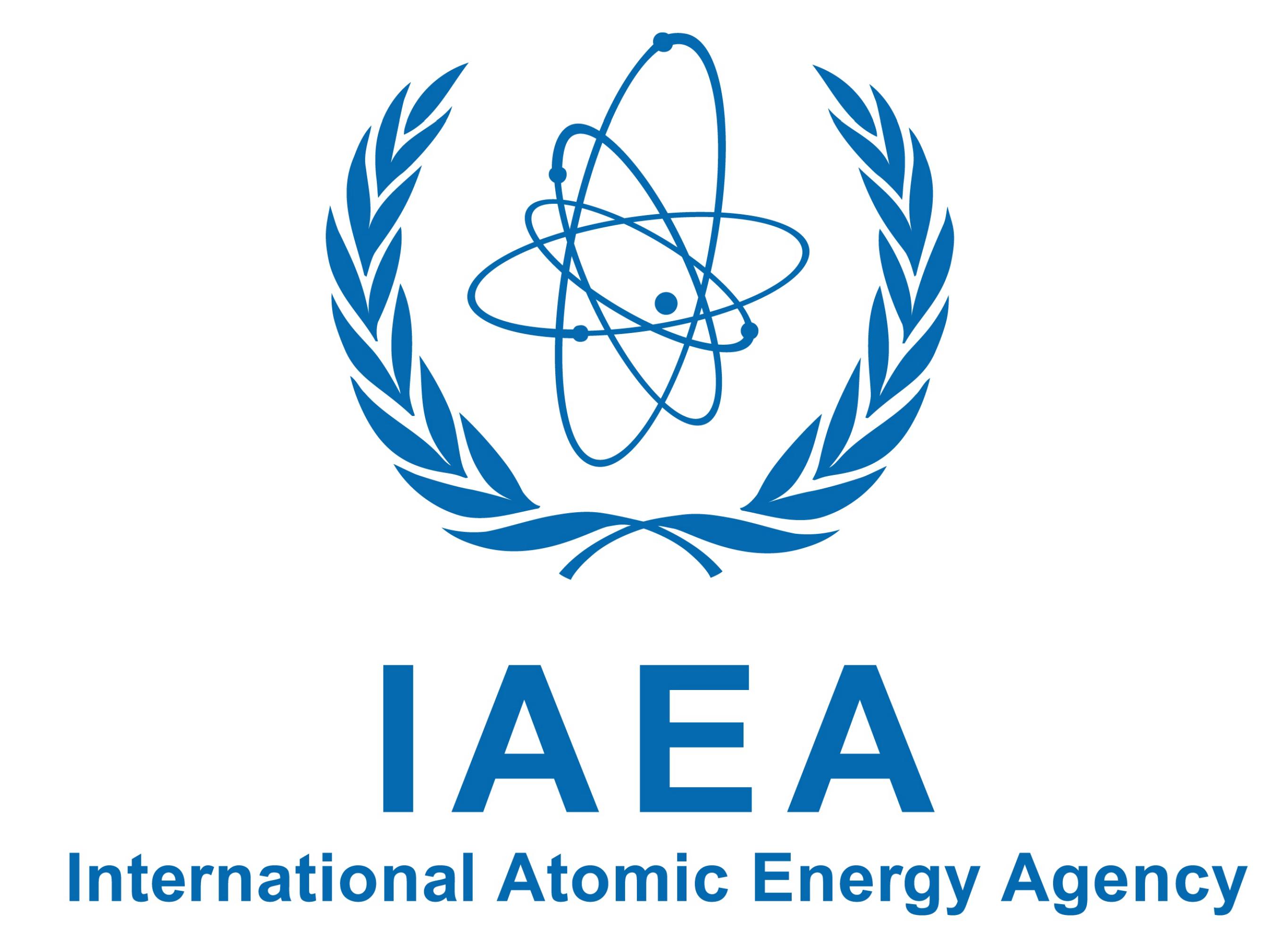“The International Atomic Energy Agency (IAEA) is an international organization that seeks to promote the peaceful use of nuclear energy, and to inhibit its use for any military purpose, including nuclear weapons. The IAEA was established as an autonomous organization on 29 July 1957. Though established independently of the United Nations through its own international treaty, the IAEA Statute, the IAEA reports to both the United Nations General Assembly and Security Council.”
The IAEA has just announced a new process to help national officials create a plan to develop sustainable nuclear power systems. With respect to this project, a nuclear energy system is said to be “all nuclear facilities from mining uranium to electricity generation to radioactive waste management as well as the related institutional framework, both legal and regulatory.”
The idea of nuclear power as a sustainable energy source may surprise some but under some uses of the term, nuclear power might be considered as sustainable. According to the United Nation, “sustainability” is the ability to “meet the needs of the present without compromising the ability of future generations to meet their own needs.”
In order to determine if a system can be considered sustainable, it can be analyzed by the INPRO Methodology. INPRO is a complex and holistic assessment method applied to the whole nuclear energy system. Several key areas are important in INPRO. These include economic, infrastructure, waste management, proliferation resistance, safety, health and the environment.
The IAEA and nuclear experts from sixteen countries have spent four years on this project. It is called Roadmaps for a transition to globally sustainable nuclear energy systems (ROADMAPS), and it was finalized last month. The new tool was developed to help create “roadmaps” which are visions and plans on how to develop, enhance and monitor a sustainable energy system in the long term. It can also show countries how they can benefit from innovations in nuclear technology and infrastructure. The roadmap tool can be used internally for planning and externally for international cooperation.
Nuclear energy systems are extremely complex in terms of physical and institutional infrastructure. Their development and operation can span several human generations. Creating or updating such systems requires extensive planning with resect to lead times and resources. This is especially true for the design, development and commercialization of new and innovative nuclear components.
Five different countries including Armenia, Belarus, Romania, Russia, and Ukraine have utilized the ROADMAPS tool on an experimental basis to develop sample national plans. The IAEA plans to publish the final report and distribute the roadmapping tool to member states. They also intend to provide training in its application.
Vladimir Kuznetsov is the project manager of IAEA’s International Project on Innovative Nuclear Reactors (INPRO) Section. He said “Undertaking roadmapping for a national nuclear energy system facilitates finding answers to several key questions.The major one is how to get from the present system to a future national nuclear energy system with enhanced sustainability, and to do that efficiently – without excessive investments in national infrastructure.”
Kusnetsov also said, “Roadmapping that is performed in cooperation among technology users and suppliers could also provide strategic insights into international markets for products and services for the various peaceful uses of nuclear energy.”
